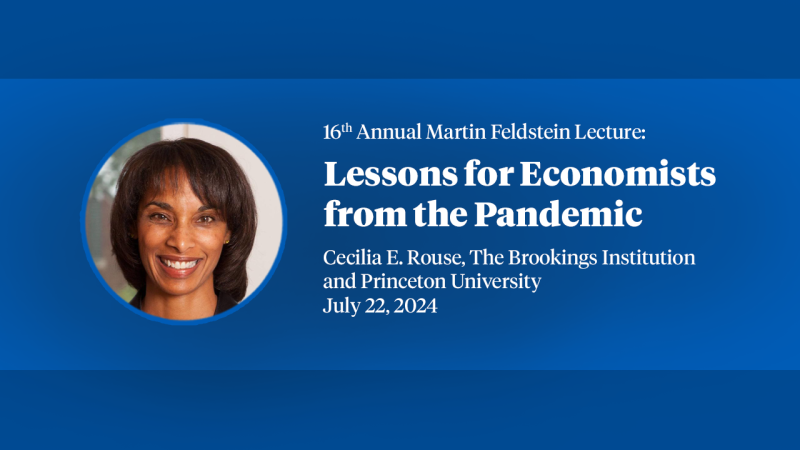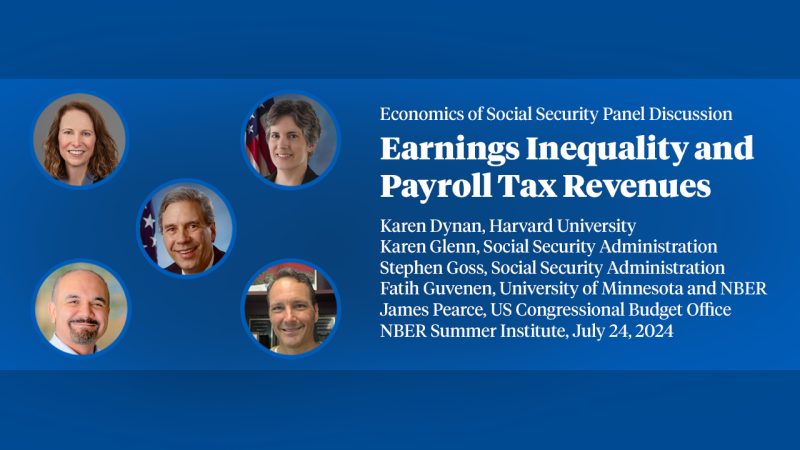Credit Scores and Inequality Across the Life Cycle
This is a preliminary draft and may not have been subjected to the formal review process of the NBER. This page will be updated as the chapter is revised.
Credit scores are a primary screening device for the allocation of credit, housing, and sometimes even employment. In the data, credit scores grow and fan out with age; at the same time, income and consumption inequality also increase with a cohort’s age. We postulate a simple model with hidden information to explore the joint determination of credit scores, income, and consumption over an individual’s lifetime which can replicate these empirical facts. We use the model to understand the role of technologies like big data or legal restrictions limiting information on certain adverse events like medical expenses intended to increase credit market access.


